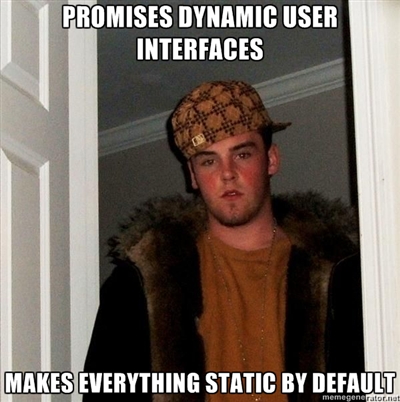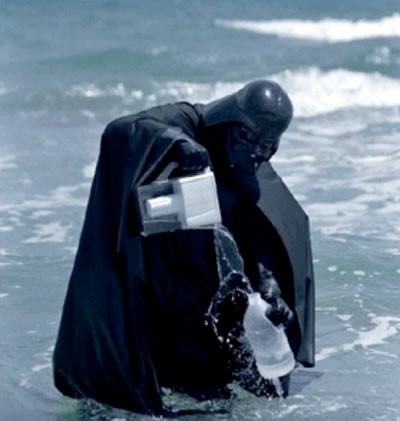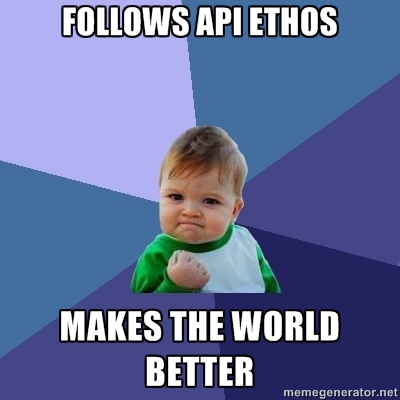I’ve been asked to review the GNOME 3 Application Development Guide for Beginners; I went through the book in about half a day and wrote this somewhat short review afterwards, and published on G+; sadly, I used a limited distribution, and G+ does not allow changing that without resharing your own post. given that I wanted to push it on the blog, I took the chance to review some of the stuff I wrote, and expand it.
my initial impression of the GNOME 3 Application Development Guide for Beginners book is fairly positive: the topics covered are interesting, and the book never loses itself in them, so that beginners will not feel utterly stranded after the first three chapters, as it too often happens with “for beginners” books. I appreciated the “pop quiz” sections, as well as the small sections that recommended improvements to the example code.
obviously, writing a book enshrines a certain set of requirements and APIs, and that is problematic when there is high churn – like what happens in GNOME 3, especially in terms of development tools (libraries and applications) and overall experience. for instance, the section on Clutter (which is the one I can immediately give feedback on, given my position) still uses the deprecated “default stage”, and yet it uses the new ClutterActor easing state for animations; the default stage was deprecated at long last in Clutter 1.10, but its use was not recommended since the days of 1.0; the actor easing state API was introduced in the same release that deprecated the default stage. also, the example code published in the Clutter section does not use any of the layout managers provided by Clutter, preferring the fixed positioning of the actors, which is perfectly fine on its own; the book, though, then proceeds to mention the amount of code necessary to get something on the screen, compared to the equivalent code in GTK, that uses boxes and grids. in general, that’s an utterly fair thing to say: Clutter sits at a lower-level than GTK, and it doesn’t have complex constructs like GTK does; I’m pretty sure, though, there are better examples than a row of boxes that could have used a BoxLayout, or a FlowLayout, or a GridLayout, or a TableLayout; or better examples than using an explicit PangoFontDescription instance with a ClutterText to set a specific font name and size, instead of using the ClutterText:font-name property which wraps the whole thing for the developer’s convenience. in short: Clutter is more “raw” than GTK, but there are convenience APIs for developers.
it’s been a long time ((this year is actually my 10th bug-versary)) since I started off as a beginner in developing with (and) GNOME, so all I can say about book for beginners is whether they are using what I write in the way I think it’s supposed to be used; as far as I’m concerned, apart from a couple of issues, this book is indeed providing a solid base for people that want to begin developing for GNOME and with GNOME.
the price is pretty accessible, compared to the cost of similar books: I’ve paid much, much more for an introductory book on Core Animation, or on Perl books; the ebook version, if you dislike the dead tree version, comes in various formats, including PDF and Kindle.
I’m not going to give votes or anything: it’d be a pointless number on an equally pointless scale; but if you’re a beginner, I think this book may be fairly interesting to you, if you want to start coding with GNOME technologies.





